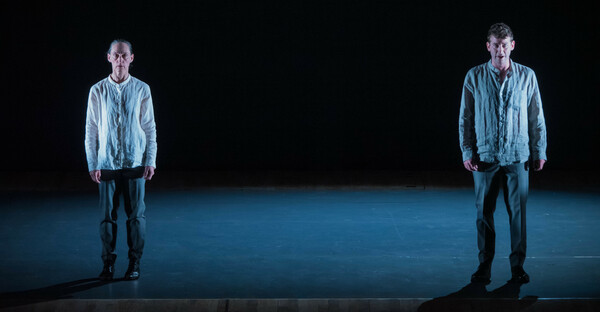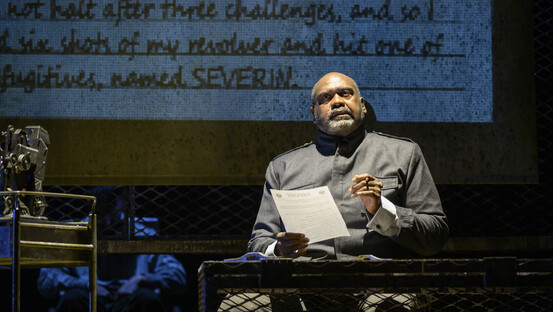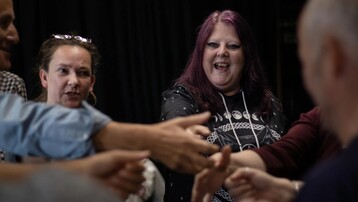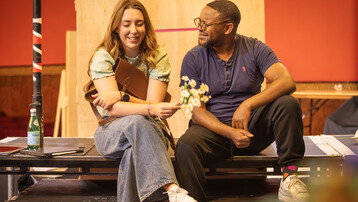News Story
Notes by Bernadette Iglich on her interpretation and performance based on The Holy Sonnets of John Donne, song cycle by Benjamin Britten.
In writing the following I attempt to give an insight into my thought, actions and process to create this dramatic representation. Three facts were the foundation.
1: November 1945 a song cycle was created through the layering of the words of a 16th century priest poet with the musical composition of a 20th Century pacifist composer.
2: On the 15th April 1945 the British army entered Bergen- Belsen concentration camp. Reports give account of bodies, dead, dying and those just about living.
3: The summer of 1945 Benjamin Britten toured Germany with Yehudi Menuhin to give concert performances. A concert was given to those survivors at Bergen-Belsen concentration camp waiting to be given back a country, a home, a place; the Displaced Persons as they were termed.
Dramatic representation of the song cycle intends to make visible the conflict embedded in the text and the language of the music, to create a third layer. With it comes a responsibility not to overload, through representation, the already present inner workings of an individual’s turmoil and doubt in the nine of Donne’s Sonnets. The responsibility becomes to express an essence of that conflict. Facts 2 and 3 become a source in the process. Not to represent in any way, that being neither appropriate nor justified, but to give an insight into the possible why of this response by Benjamin Britten. A response that performs questions of doubt in duty, belief, ideology and knowledge.
That moment of entry to the Belsen Camp by the allied soldiers in April 1945, and Britten in a later different context, brought them within touching distance of the bodily archive of how duty, belief and ideology can make an unrecognisable world. What does being human and a good human signify if it includes the ability to create, do and be such to others? What is my part in it?
More than one body present on stage will always create a tension. They are always in relationship to each other. A performing moving body being non-verbal gives the presence in that relationship of a process of disappearing. It is the subject of decay, it has the ability to be broken, lost. It is seen to move but in that seeing the movement instantly disappears. The bodies performing that which can be heard are an archive of the text and the music, that which can be repeated. They perform a memorial, a permanent presence, a record not to be forgotten.
The duality of those acting bodies forms the idea to embody the essence of The Holy Sonnets of John Donne by Benjamin Britten — as I see it of conflict of right and wrong and purpose, of permanence and impermanence.




